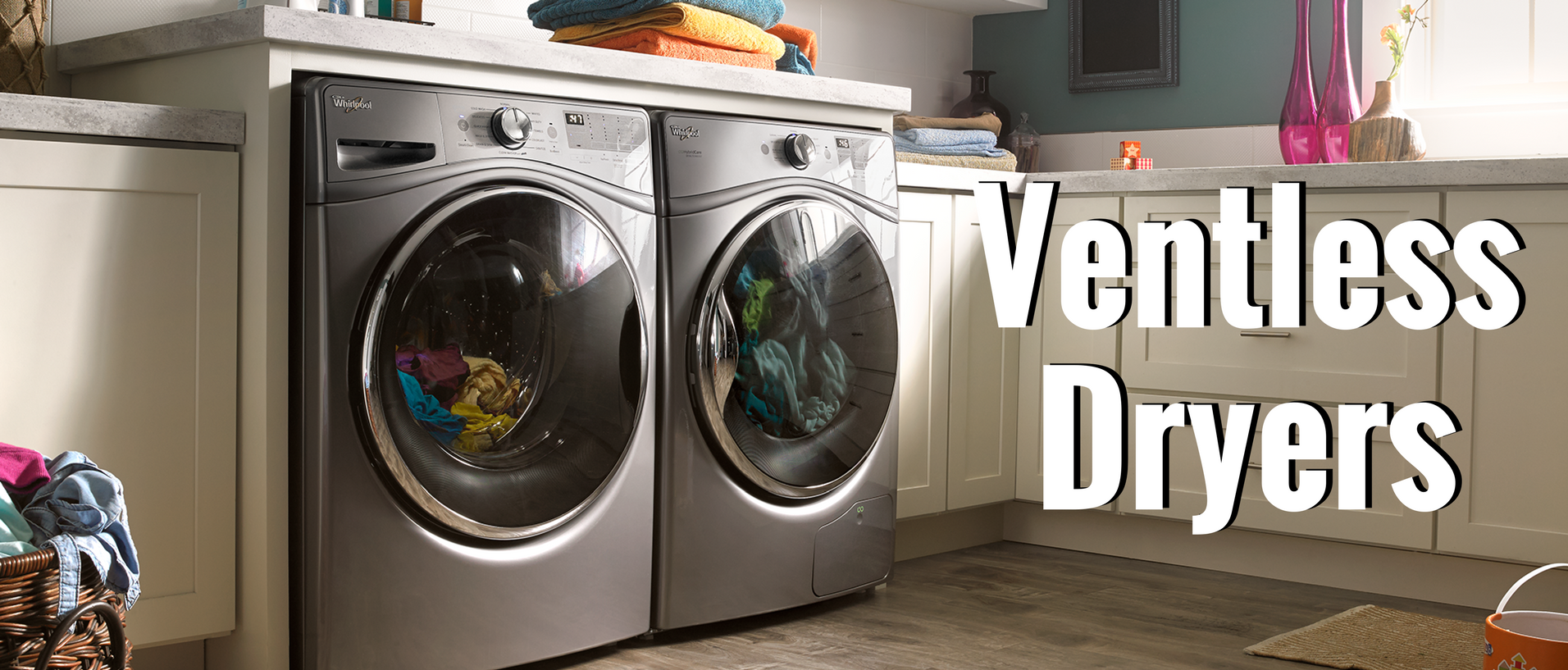Traditional dryers, which homemakers started using in the last century, were designed for operation in a room with a vent. Then in 2012, when the citizens of the world seemed much closer, Switzerland outlawed use of vented dryers. Consequently, American consumers began to study the benefits enjoyed by the owner of a ventless dryer.
Reasons for selecting a ventless dryer
It takes up less space than one with a vent. In addition, it is stackable. The dryer’s ability to operate in the absence of a vent makes it the ideal appliance for use on a yacht. Of course, that assumes that the same yacht contains a few electric outlets. Moreover, it is gentle on clothes. It puts an end to concerns about over drying. Consequently, the dryer’s user has no reason to worry about shrinkage. Homeowners that have purchased one of the no-vent dryers save money. Their chosen appliance is less expensive, and it uses 30% less energy than the traditional clothes-drying appliance.
Reasons for thinking twice before buying such an appliance
It has a longer drying time than a dryer that relies on the availability of a vent. It has more working parts, more components that might malfunction. Like all dryers, it heats up pulled-in air. Then a heat exchanger cools the heated air. At the same time, the moisture-filled vapor takes on a liquid form and enters a containment chamber. From that chamber, the collected water flows into a drum. A dryer with a vent has no heat exchanger, no containment chamber and no part that can hold the water that has come from the drum. Normally, a ventless dryer contains one of two possible parts. Its water might travel down a drain and then evaporate. On the other hand, it could get collected in a tray.
Do the two dryers operate in the same way?
Basically, the answer is “yes.” A dryer with a vent sucks in air from the space in which the appliance has been located. A mechanism within the dryer then heats the same air. Once it has been heated, that warm air gets blown out. It leaves in the form of a mixture, one that contains both exhaust and moisture. If the dryer’s vent is missing, the heat exchanger must carry out its intended function. As explained above, the exchanger produces the moisture that goes into the dryer’s drum. That warm and moist air then heats the tumbling clothes. After that, the water can go one of two places. Neither of those two places can be found in a vented dryer. Calling on an appliance repair technician in San Diego County can be of assistance.
Contact us:
(619) 719-5005
[email protected]
